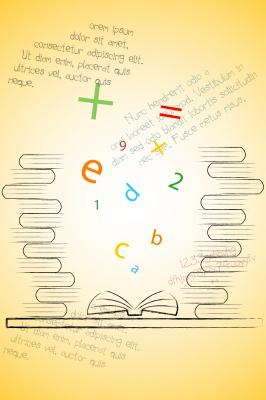
Often when we search for information we want to be certain that the results are true or we assume that the results are true and certain. But scientific uncertainty is part of scientific research. Since we do not know everything, research continues and it is constantly changing. New ideas and pieces of information is added.
- Researchers have to decide “how much of the picture is known and how confident we can all be that their findings tell us what’s happening or what’s going to happen. This is uncertainty.“ (Making Sense of Uncertainty)
When a scientist describes the uncertain part of the research, we should be pleased rather than discourage an open discussion about the uncertainty. Climate science, disease modelling, and weather forecasting all have a degree of uncertainty. This is not a deficiency and it certainly does not mean that anything can be true. We may expect scientific research to be true and certain and it is this expectation that is the problem. Yet we still need to make decisions based upon the uncertain results and by explaining and estimating the uncertainty, we have a higher degree of confidence regarding what is known and unknown.
Ignoring results simply on the basis that they are uncertain prevents us from making decisions and taking actions. If we expect certain results, we will never make changes to prevent climate changes or develop new drugs. Complex systems, such as ecological systems or the human body, are not easy to understand and we may never have certain knowledge about what will happen. Identifying area of uncertainty should be part of any research map.
Scientists are developing research maps to help them deal with data deluge. Organising discoveries is vital to prevent duplicating experiments and to ensure that key discoveries are noted. A map makes it easy to see what areas that have been covered and the impact of the results to future studies. Neuroscientists have developed maps that show findings in molecular and cellular cognition and an app has been developed to help researchers to expand and interact with the map. The maps work more or less as a online query, where you can see as much of the maps as you like to. The map can be used to explore what information that is missing and it highlights areas that may be interesting to study.
Uncertainty is often used to dismiss results and undermine the evidence. We need to explore in what ways our actions is or is not affected by the uncertainty. When we make decisions for checking for fake passports at the airport, we need a higher level of certainty that it will work as compared to when we discuss policies to reduce the number of road accidents.
While uncertainty is not a barrier to taking action, there are situations where we should not focus on the uncertainty of the research. In some cases, the aim is to test and see how well an observation can explain a certain theory that we have about the world. There is also uncertainty in the data that is collected and this is different from an uncertainty in the conclusions that is drawn. Different scientists can reach different conclusions when they examine the same set of data.
Uncertainty maps:
- Identify areas of uncertainty
- Possible factors that influence the uncertainty
- The scale of the uncertainty
- Ways to deal with the uncertainty
- What does the uncertainty mean for a decision? Do we need to make another decision?
- Are there some other pieces of information that hs s different uncertainty?
Above all - be suspicious when someone says that something is certain!
Photo:”Book Of Knowledge” by digitalart
